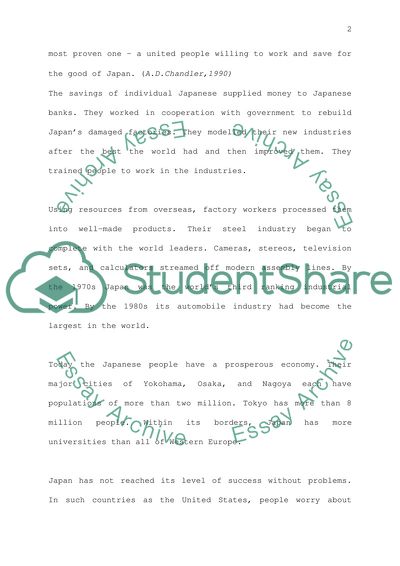Cite this document
(Institutional Characteristics of Japanese Capitalism Essay, n.d.)
Institutional Characteristics of Japanese Capitalism Essay. https://studentshare.org/history/1705158-explore-and-analyze-the-major-institutional-characteristics-of-japanese-capitalism
Institutional Characteristics of Japanese Capitalism Essay. https://studentshare.org/history/1705158-explore-and-analyze-the-major-institutional-characteristics-of-japanese-capitalism
(Institutional Characteristics of Japanese Capitalism Essay)
Institutional Characteristics of Japanese Capitalism Essay. https://studentshare.org/history/1705158-explore-and-analyze-the-major-institutional-characteristics-of-japanese-capitalism.
Institutional Characteristics of Japanese Capitalism Essay. https://studentshare.org/history/1705158-explore-and-analyze-the-major-institutional-characteristics-of-japanese-capitalism.
“Institutional Characteristics of Japanese Capitalism Essay”. https://studentshare.org/history/1705158-explore-and-analyze-the-major-institutional-characteristics-of-japanese-capitalism.


